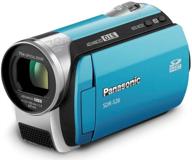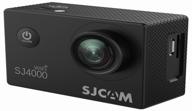
Review on 📹 Igus DryLin W1040-A Linear Guide Camera Slider: Smooth and Reliable Motion Control for Professional Filmmakers by David Fisher

A great solution for a self-made slider
Please note that you need a little work for the installation. The holes in the rails are drilled but not tapped. You must use a 3/8"-16 tap to mount it on a regular tripod (you unscrew and screw on the tripod head if your head doesn't have a 3/8" mount). You also need to create a camera mount. It's easiest to use a 3/8" screw and screw the tripod head you just removed onto the carriage, but this requires drilling a hole in the carriage. Remove the drylin bearings and keep them far, far away. drilling, tapping or other metalwork. You don't want aluminum shavings getting into them. Clean the guides carefully before assembly so that the specified metal shavings do not scratch anything. If you unscrew the bearing retainers you will need to realign or you will have "sticky" spots. There is a video about it on the Igus website. If you think you need to lubricate the rails, you are most likely misaligned or your load is not properly balanced. The rails hold more weight than the tripod you mount it on, assuming you're even in that price range (and if you've got a $4,000 tripod, why skimp on the slider?) Watch the alignment video and repeat this one operation as needed, tightening each screw a little at a time. How the system works. After adjusting the mounting system and aligning the bearings, the slider easily handles cameras weighing 1-2 kg (3-5 pounds). If you are using the slider like a dolly (camera pointed at the rail) anything over two feet would be difficult to use as the rails would be visible in the frame without extreme measures. The 1 meter (39 in) length is good for portability while still providing a long enough trail for a decent shot. A heavy camera will cause problems at the ends if you only use a tripod to support it from the middle. I realize a lot of this has more to do with instructions than overview, but finding the right part will greatly impact your experience of using a part. of these. As with anything video-related, practice gets better. All in all, this is a wonderful DIY slider platform. Wider systems are easier to balance but are more expensive. The front of my Nex VG20 is a bit heavy with the standard lens, but I intend to fix this with an adjustable plate soon.
- A lot of positive emotions
- A few little things




















